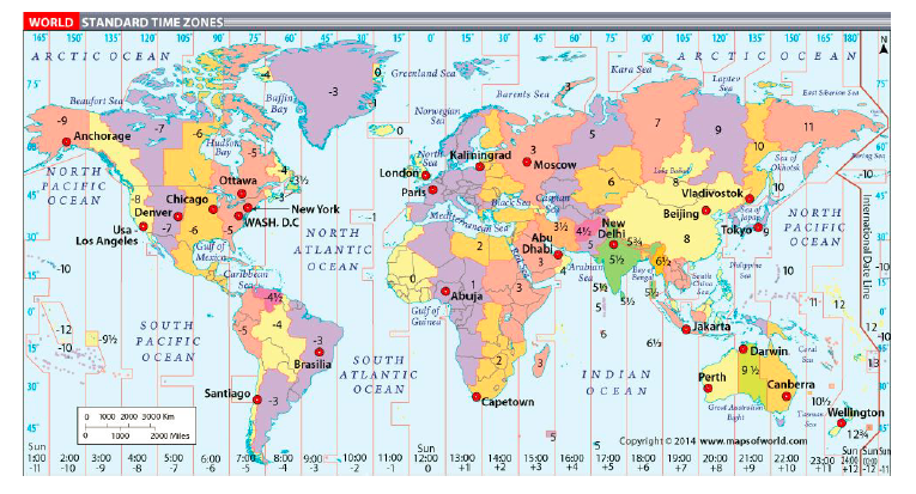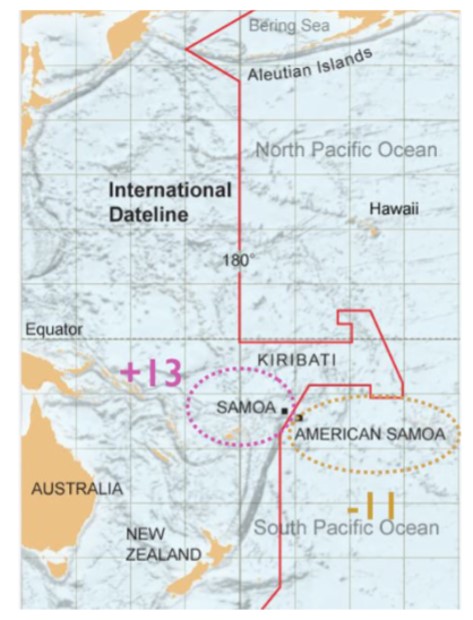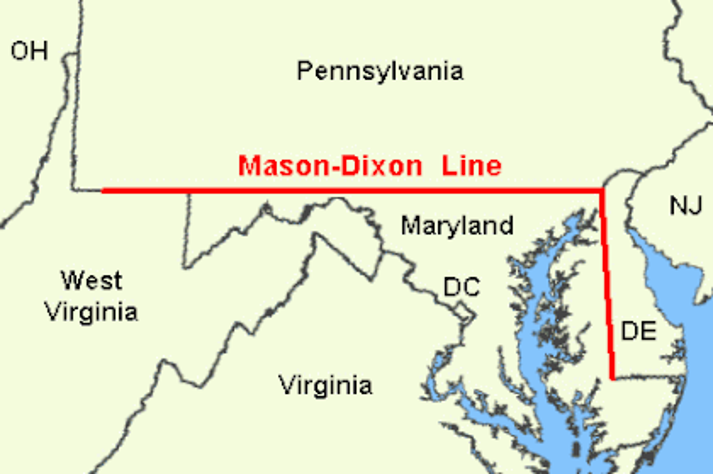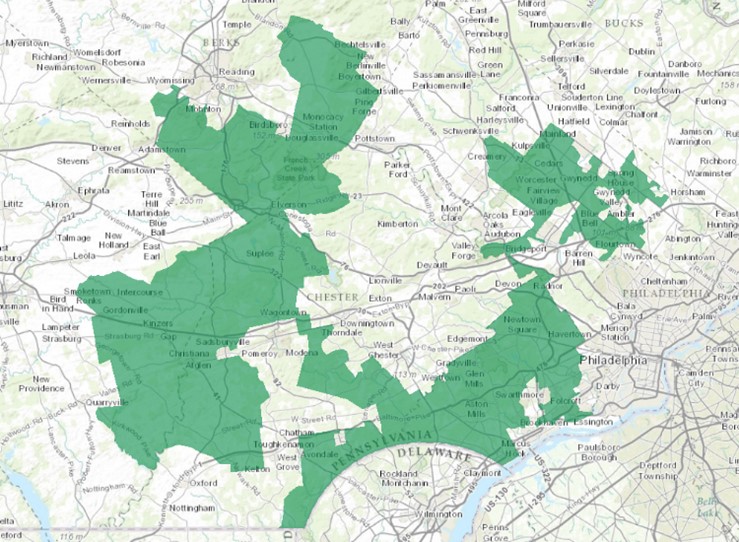46 Applying “Carving Nature at its Joints” to Places
In the previous two chapters you learned about the philosopher Plato’s idea that natural categories could be discovered by “carving nature at its joints” — by finding patterns of shared features. In a chapter on “Organizing Places” you learned how the sizes, borders, and shapes of countries and cities can be influenced by geographical features like mountains, rivers, and deserts. In this chapter we can combine these two ideas and analyze how places are organized to see if they were “carved at the joints” in natural ways.
How Are Time Zones Organized?

A day is 24 hours long, and there are 360 degrees of arc in the longitude system that goes around the world. When time zones were established in 1884, they were based on this natural or strict mathematical approach, so each of the 24 time zones were spaced 15 degrees of longitude apart. On this type of map, called a Mercator projection, longitude lines are parallel.
But if you look closely at the time zone map, you see that many of today’s time zone borders do not line up with longitude lines. Some of the time zone borders are crazy zig-zags or distorted in other ways. To understand how and why, let’s first learn how to analyze the time zone map.
- First, find the time zone where you live. It has a number associated with it For example, if you live in Chicago, the number is “-6.”
- That number is the number of hours that your time is ahead of or behind the time in Greenwich, England, which is located on the Prime Meridian of 0 degrees longitude
- The time there is called UTC (“Coordinated Universal Time”) or GMT (“Greenwich Mean Time”), and all the clocks and time around the world are regulated by it
China is the big yellow blob on the right side of the time zone map. From the easternmost point in China just north of Tokyo Japan to its westernmost point just north of New Delhi India is almost 4000 miles, much greater than the distance between the east and west coasts of the United States. But there are 4 time zones in that part of the US, and China only has 1 time zone. If China time zones were “carved at the joints” in natural ways, it would have 5 time zones.

The Chinese leaders who decided that China should have just one time zone thought that it would unify the country and give people more shared culture and lifestyle. But it means that people in Western China are in the dark until almost noon in the winter.

The time zones in the western Pacific Ocean are also not “carved at the joints.” The craziest example concerns Samoa and American Samoa, two islands that are about 100 miles apart. From the natural perspective of longitude, they would both be in the “UTC -11” zone. But because Samoa does a lot of trade and tourism with New Zealand, in 2011 it changed the time zone line to zig-zag around it so it could be on “UTC +13” time. So now Samoa is one day ahead of American Samoa and is the same day as New Zealand.
State Borders in the US
The shapes and borders of the states in the US are also interesting to analyze using the “carving nature at the joints” idea. In the map here you can see that some of the borders between these “Middle Atlantic” states are “wiggly” because they are naturally determined by rivers, mountains, or bodies of water like the Chesapeake and Delaware Bays. But other borders are straight lines, most notably the Mason-Dixon line, named after the two surveyors who specified the border to end disputes between the American colonies just before the Revolutionary War.

Gerrymandering
A very important example of not carving at the joints to create un-natural borders is called Gerrymandering, creating a voting advantage for a political party or group by manipulating the boundaries of voting districts. It was named after a Massachusetts governor named “Gerry” who helped create a district that looked like a salamander. The map here shows the 7th congressional district in Pennsylvania. It has part of five counties and cuts through many cities. This highly-gerrymandered district doesn’t look like a salamander; it looks like a dog kicking a rabbit in the back!


